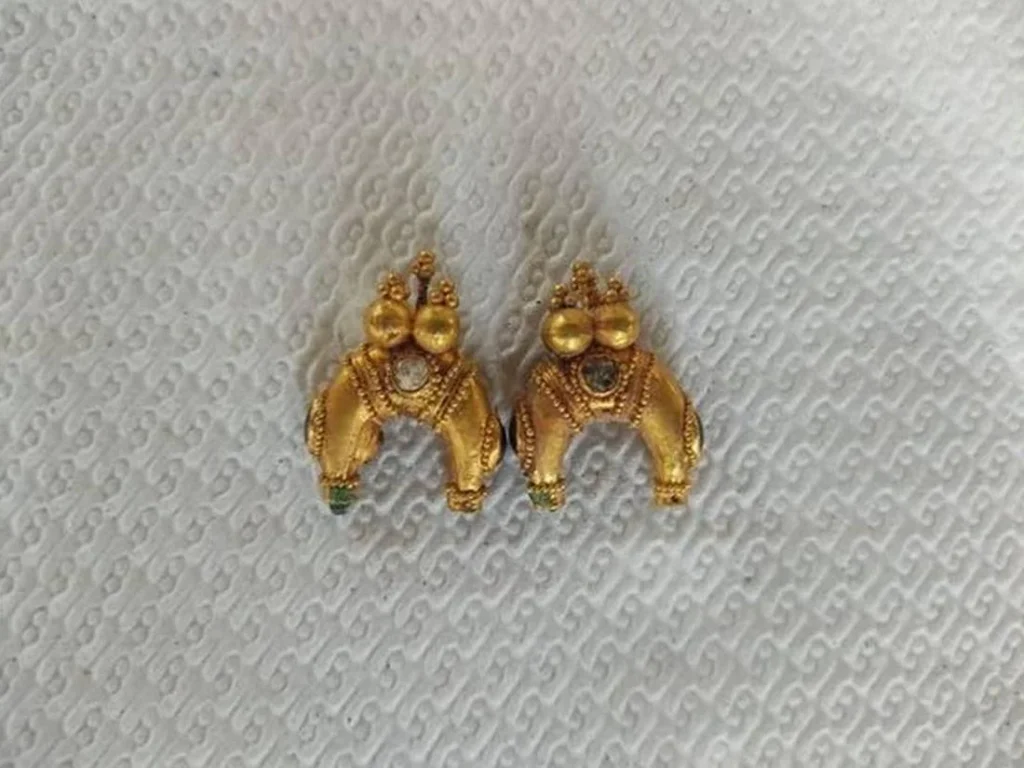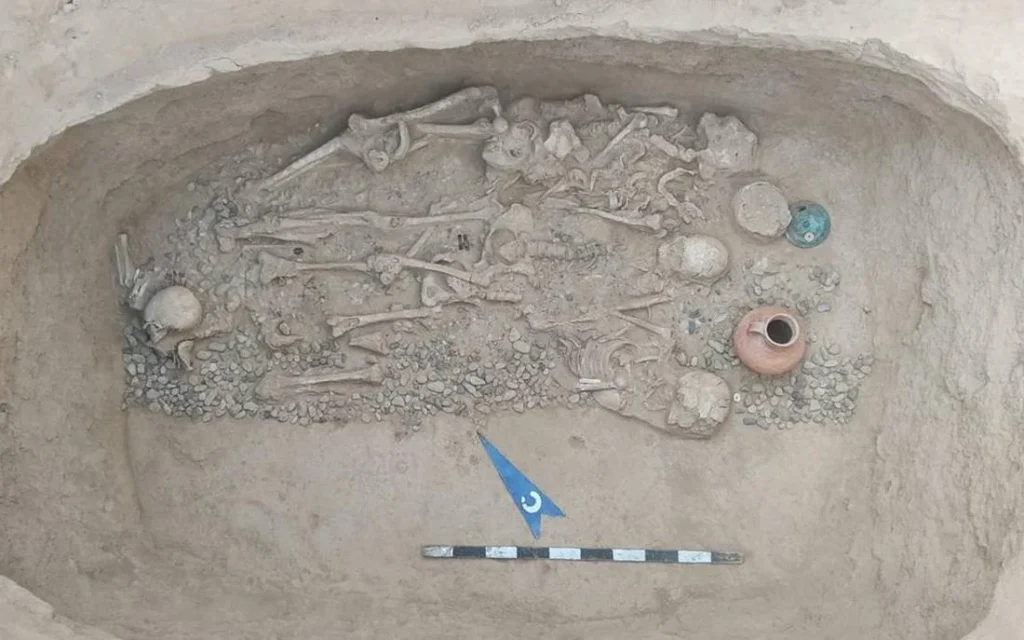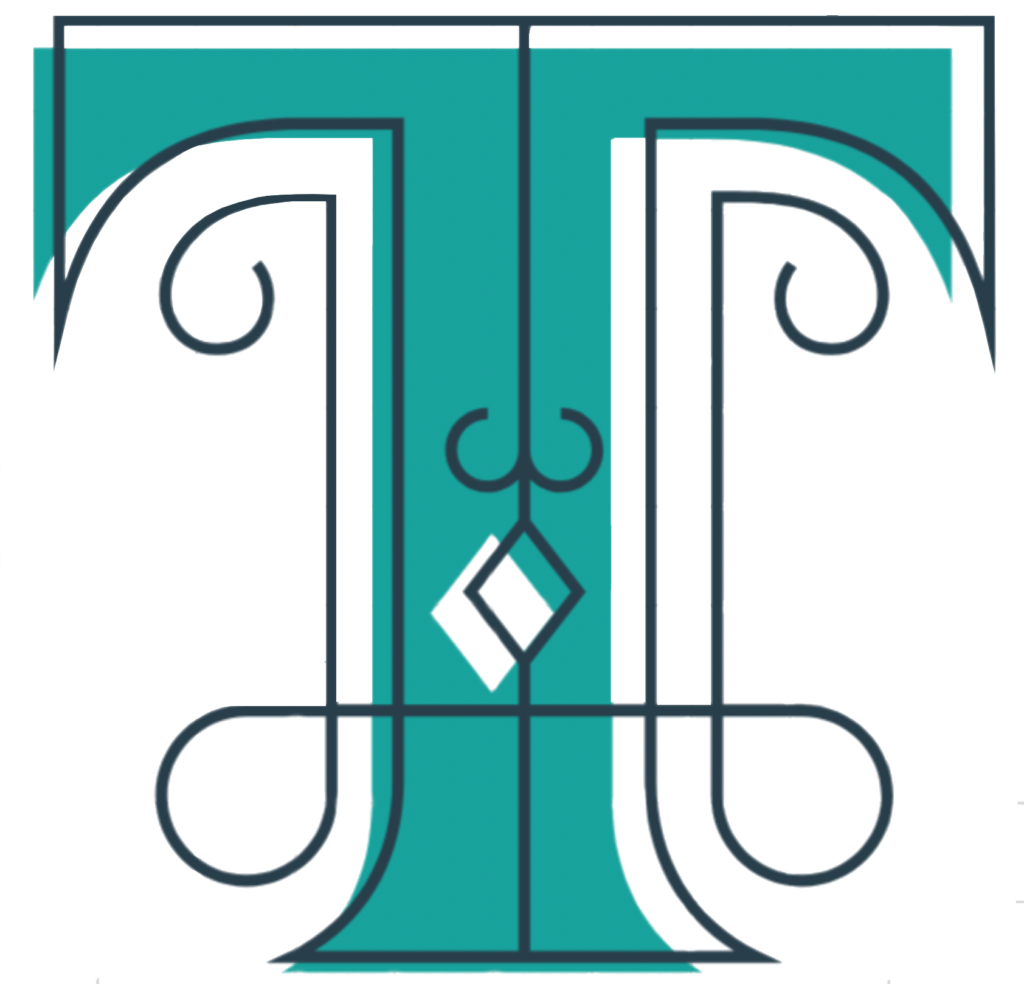The archaeological community woke up to an exciting discovery of ancient artifacts almost 2000 years old, in southern Kazakhstan’s Turkistan region. The discoveries were made at the Tolebaitobe burial ground in the Karaaspan rural district of the Ordabasy district.
The artifacts are believed to be made during the reign of Kangju state, that ruled the region between fifth century BCE to fourth century CE. Although quite little is known about the Kangju empire, it is believed that the region traded with ancient Rome, ancient China and the Kushan empire to the south which is evident in the scale of craftsmanship, the artifacts exhibit.

Aleksandr Podushkin, the expedition leader and an archaeologist at Ozbekali Zhanibekov University, explained that the Kangju state was a group of various people, including nomadic tribes such as the Sarmatians, Xiongnu, and possibly the Scythians known as the Saki.
The Kangju state, also referred to as “Kanly”, prospered as a major economic and cultural hub along the Silk Road, that linked China with the Mediterranean. Out of the three burial grounds excavated, two had been plundered by looters long back, who did not notice the third grave. Among the most fascinating discoveries was a bronze mirror, with its circular shape, eight-sided arched design on the back, and a center hole for a thread, appears to have come from China. This style is typical of the Han dynasty, which ruled from 206 B.C. to A.D. 220. These mirrors were considered to be extremely precious in Eurasia. Similar mirrors have been found in Afghanistan and the southern Ural region. The released statement states that the mirror’s presence in the burial site suggests the woman it was buried with was wealthy and influential.
In addition, a Roman style brooch known as a fibula, was too discovered alongside various beads, a pottery jug, a shoe, a belt buckle, and an arrowhead designed for hunting birds. Apart from these, a pair of ornate gold earrings from first century B.C. were too found. They are crafted from a colorful alloy called “polychromatic” gold and adorned with turquoise and rubies. The earrings are shaped like a crescent, symbolizing the moon, with additional decorations resembling grape clusters, intended to catch and reflect sunlight, as reported by Live Science. Podushkin stated that the artifacts had been well preserved and will soon be displayed at the National Museum of the Republic of Kazakhstan in Astana.


